|
We were awoken during the night by a loud crash in the bathroom and on checking we discovered that a large tree frog had knocked over the the shampoo bottles. He was evicted for his trouble. We checked the moth trap again at first light and once again there were some nice things including a few puzzlers. After breakfast we got a taxi to take us to a spot a few miles to the east where we had seen lots of butterflies last year. But first we got him to take us to a bank in town as I needed to change a bit of money. And Doug, seeing a flower bed outside full of Caesalpinia pulcherrima couldn't miss the opportunity to check for Orbis Sulphur Phoebis orbis eggs and quickly found several. This was a result as although we found two larvae near Camagüey in 2016 we have never managed to see an adult in any of our ten trips so far. Even while I was standing in the queue in the bank I was looking out of the window watching the Caesalpinia... but no butterflies. Money changed and we set off again. It was only a short way off the road and we were soon watching several Cuban Leafwing Anaea cubana. This was not unexpected as we had seen one here before and didn't take long to find a larva hidden inside its single leaf larval shelter on a Croton as well. There were quite a few skippers here too, mainly Concolorous Skipper Burca concolor. There were lots of Smudged Yellow Eurema lucina on the track along with a Barred Yellow Eurema daira and a Poey's Swallowtail Heraclides caiguanabus. The little stream which had been dry in March last year had quite a bit of water in and so there were several Odonata about. One appears to be Gynacantha ereagris which is endemic to Cuba and the Bahamas and is the first time we have come across it. While Doug was exploring the forest he came across a nest which was a beautiful structure of lichen and moss spun together with spiders webs. It was a bit above head height so I couldn't see inside but I could see a Cuban Vireo making alarm calls so I took one photo and we backed off to let the bird return to the nest. But best of all were two Orbis Sulphur Phoebis orbis females that were ovipositing on a bush overhanging the stream. They soon moved off but I found a little clearing where several females were making intermittent visits to lay and managed to get some photos - not as good as I'd hoped but perhaps the first time that one has ever been photographed ovipositing. And a further search turned up several eggs and larvae as well. And a larva of Cassius Blue Leptotes cassius. During the afternoon we explored the serpentine grassland area opposite the front of the Los Caneyes hotel. Doug soon found several Zebra Heliconian Heliconius charithonia larvae on a Passiflora sp. One of them had just shed its skin to change into the next instar. You can see how even the skin of the spines is shed to enable them to grow. You can also see the shed head capsule with its two long spines. There were several eggs of De Villiers Swallowtail Battus devilliers on an Aristolochia which Dominik Frank from Germany has confirmed as Aristolochia passiflorifolia. Thank you Dominik. We found a couple of Concolorous Skipper Burca concolor larvae on a Croton but then some very black clouds gathered overhead and we quickly retreated back to the hotel as it started thundering. Heading to dinner later we noticed that some large bats were feeding in a mango tree just outside reception but heavy rain put paid to any chances of watching them this evening.
0 Comments
Leave a Reply. |
Welcome to our Blog
Here we will post interesting news about what we and others have seen in Cuba. Archives
July 2024
Categories |
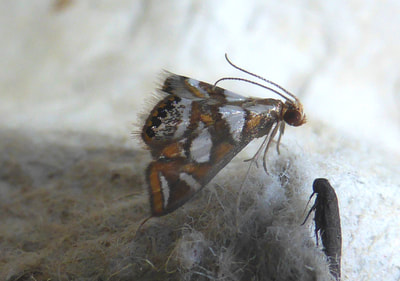



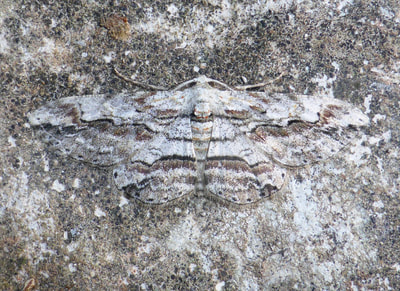


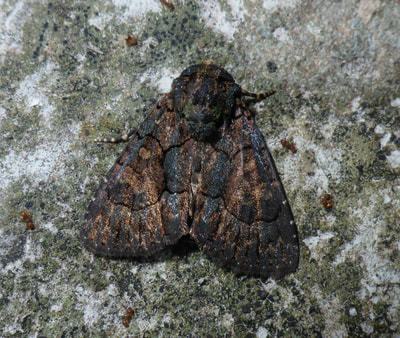





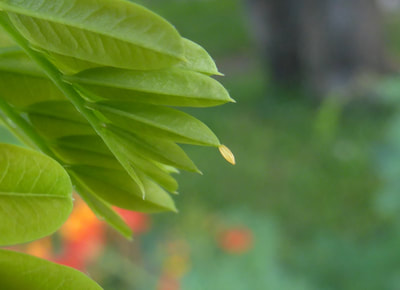










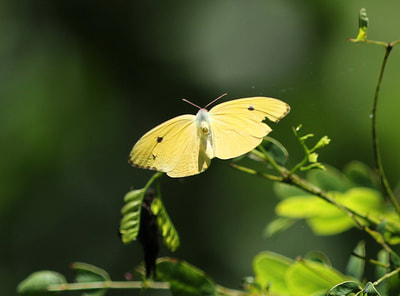






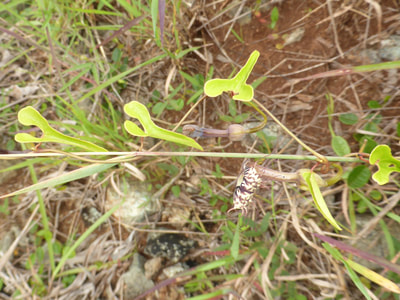



 RSS Feed
RSS Feed